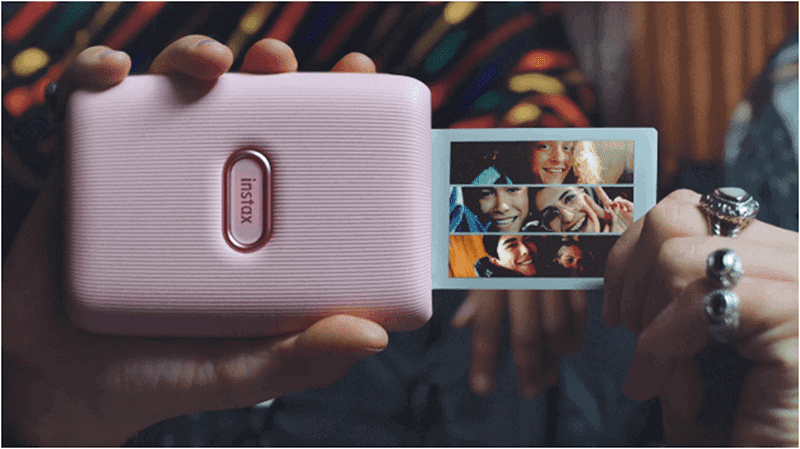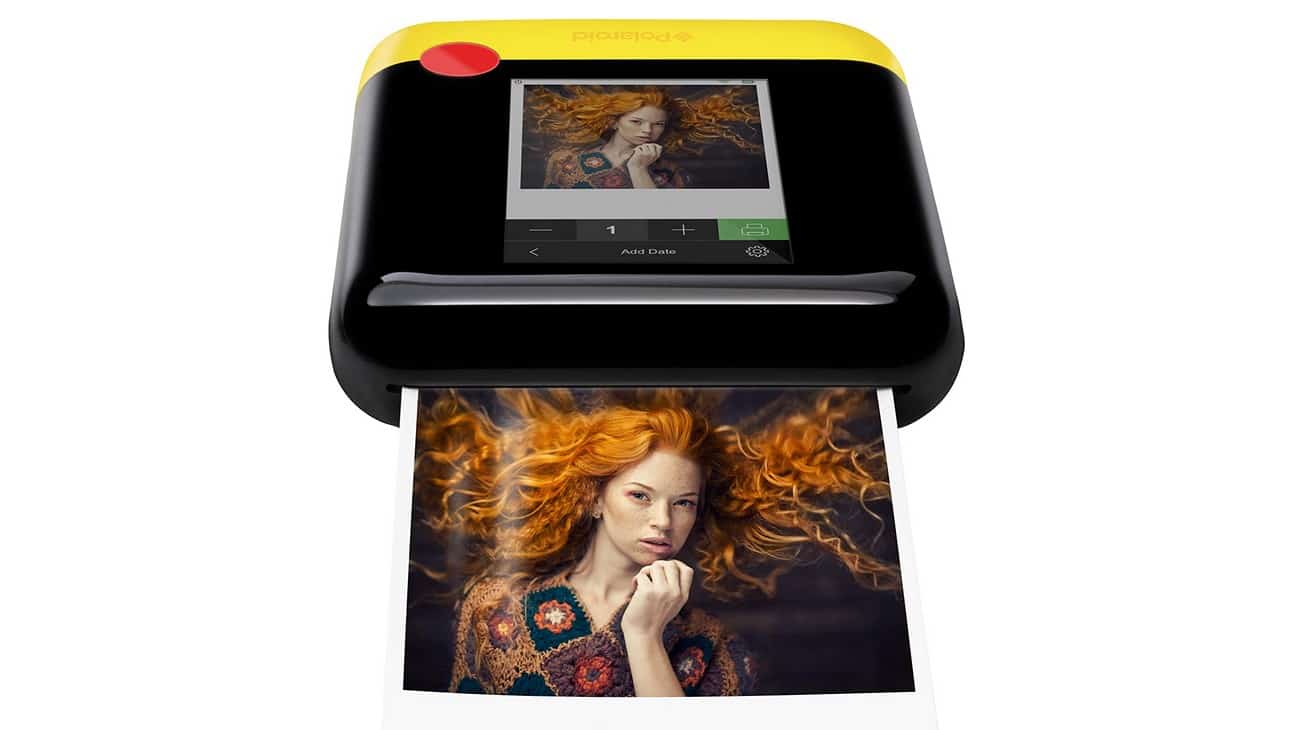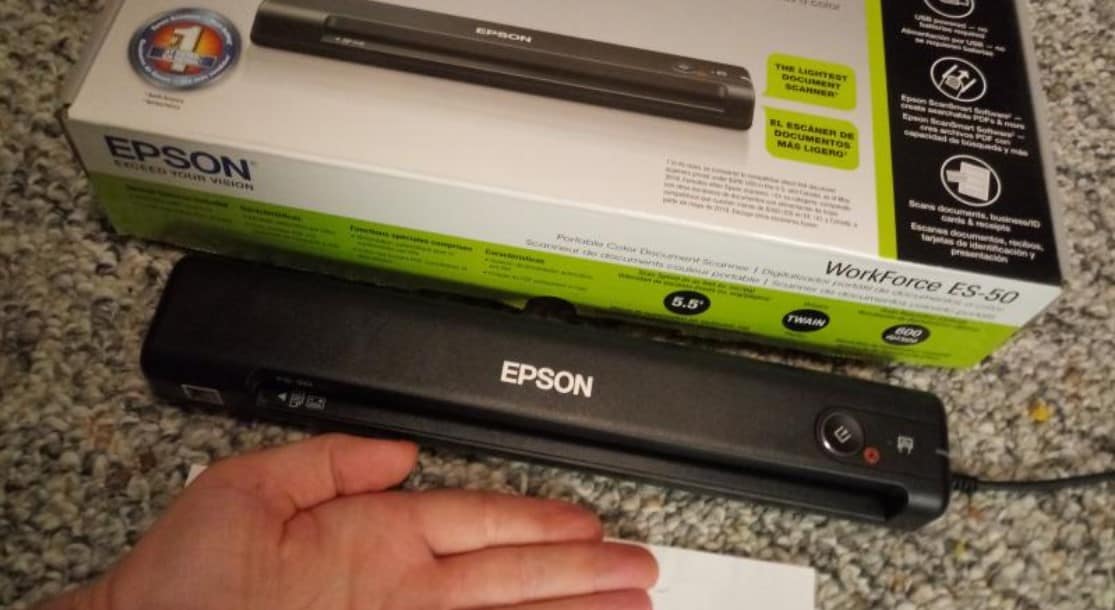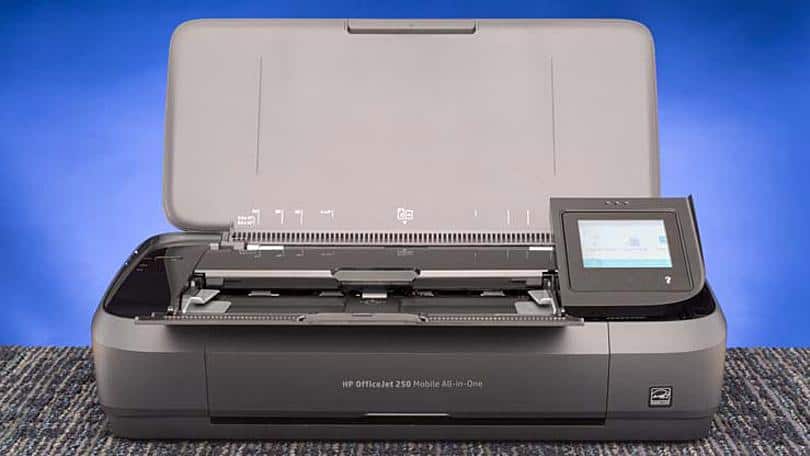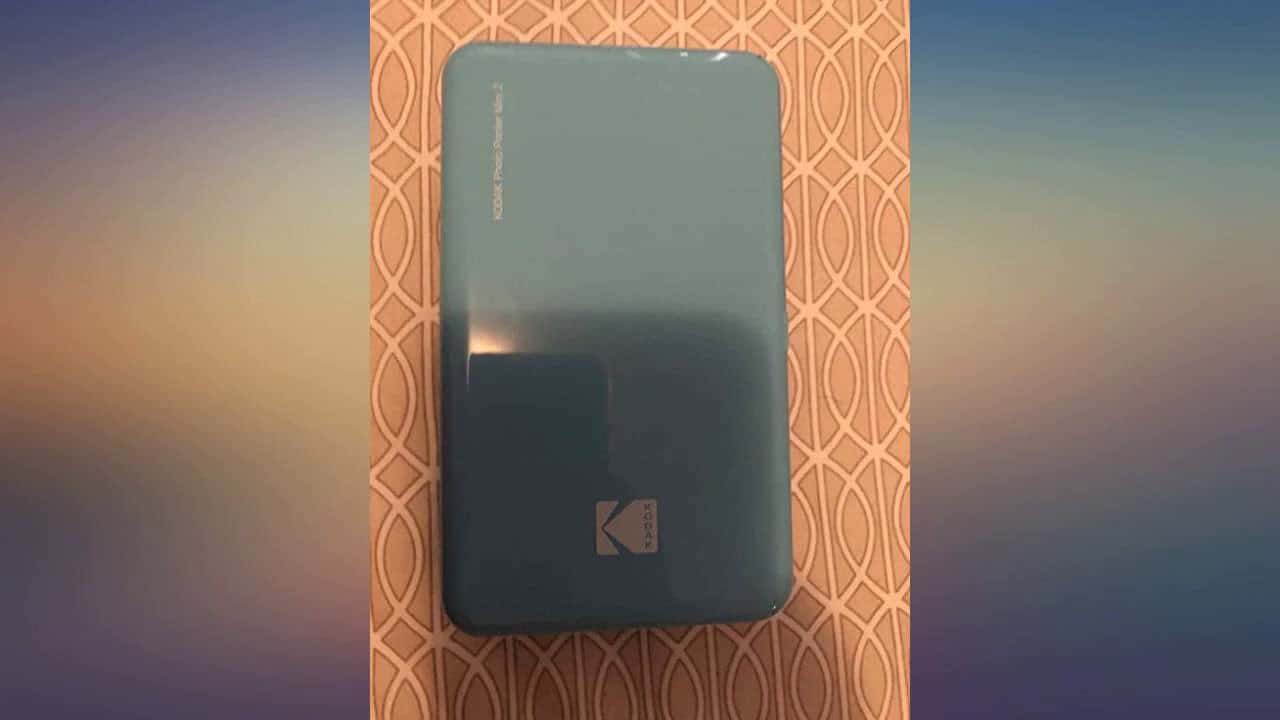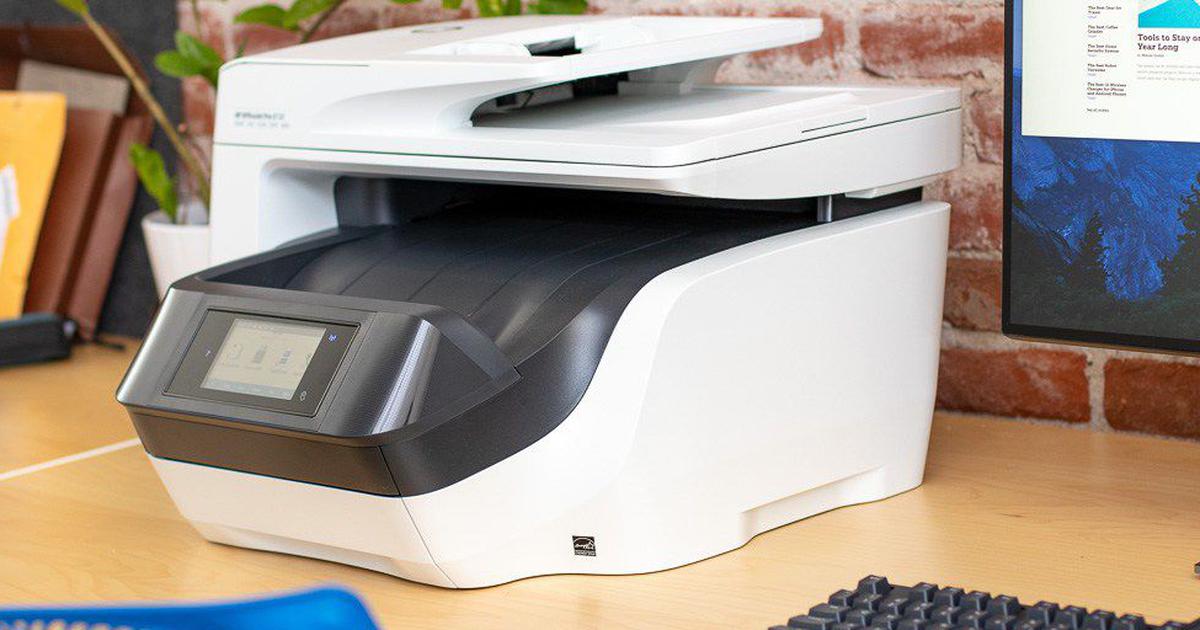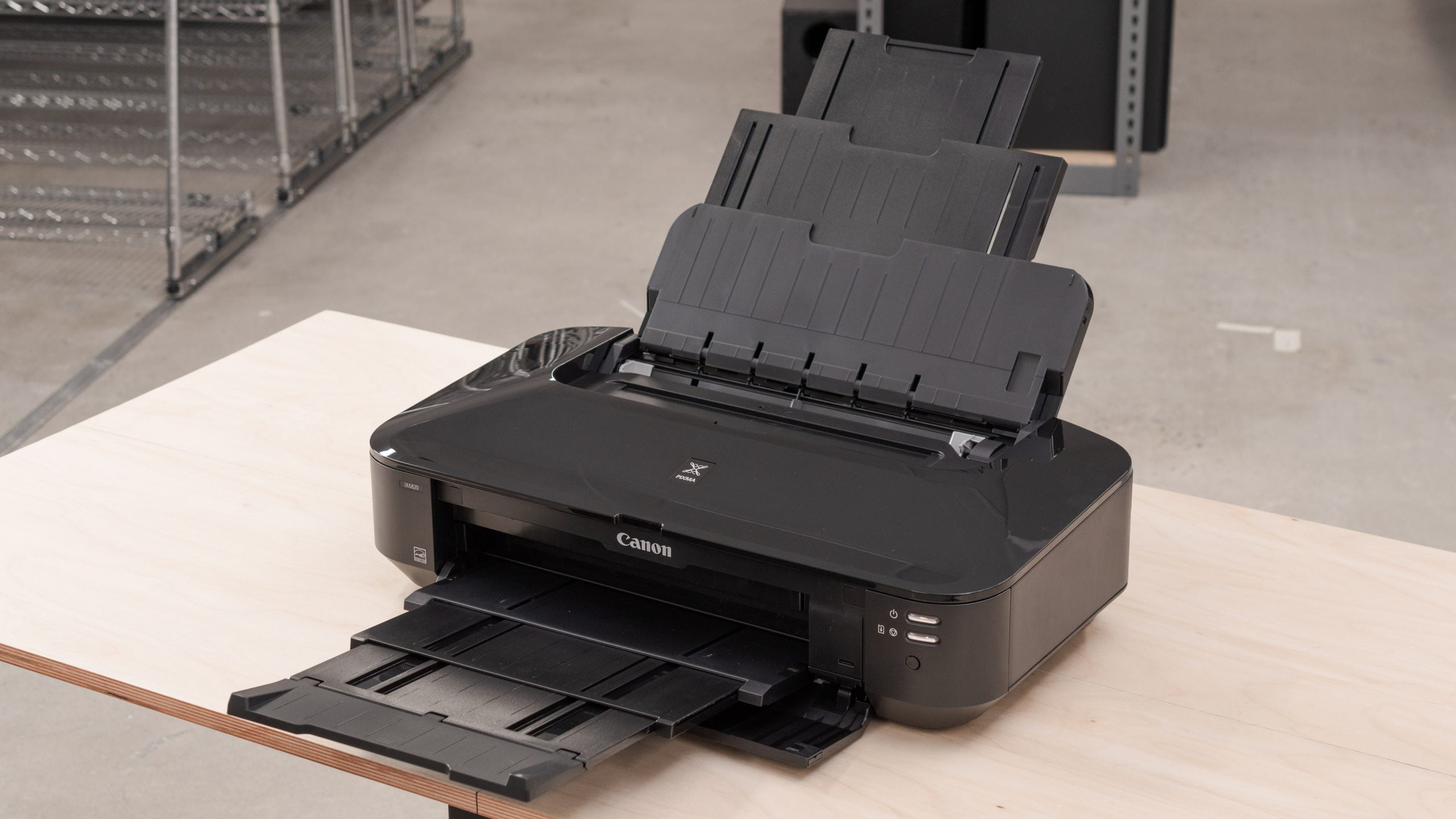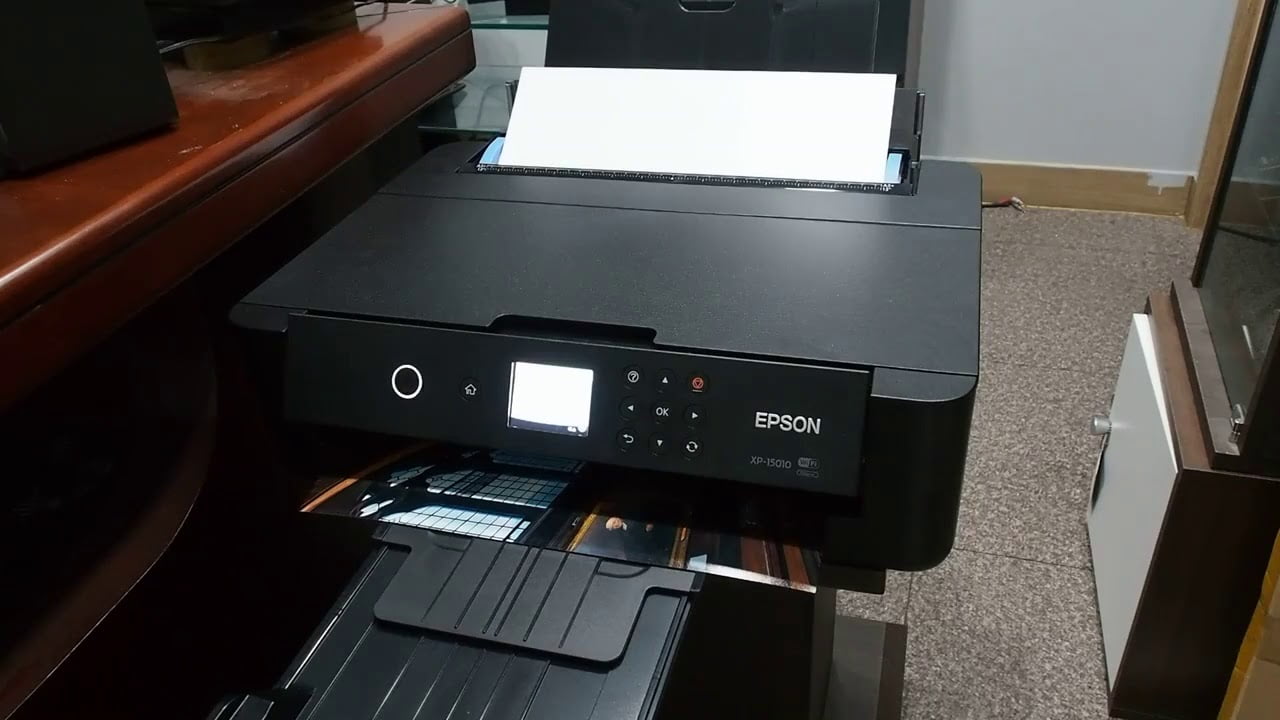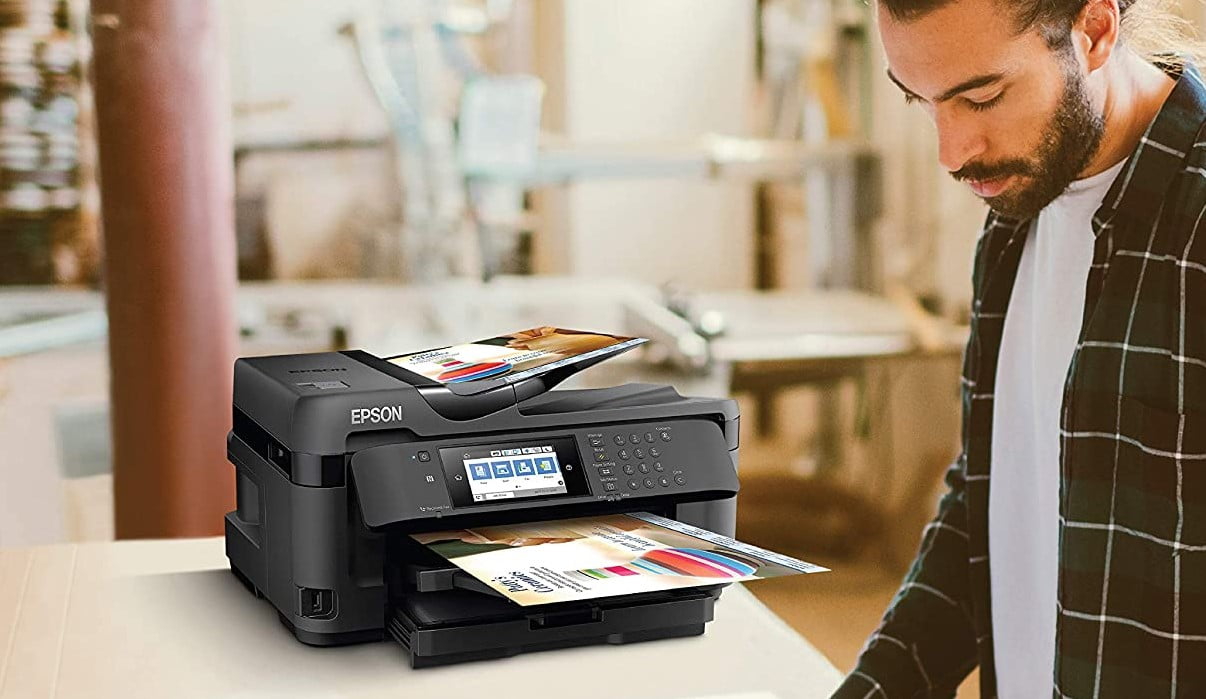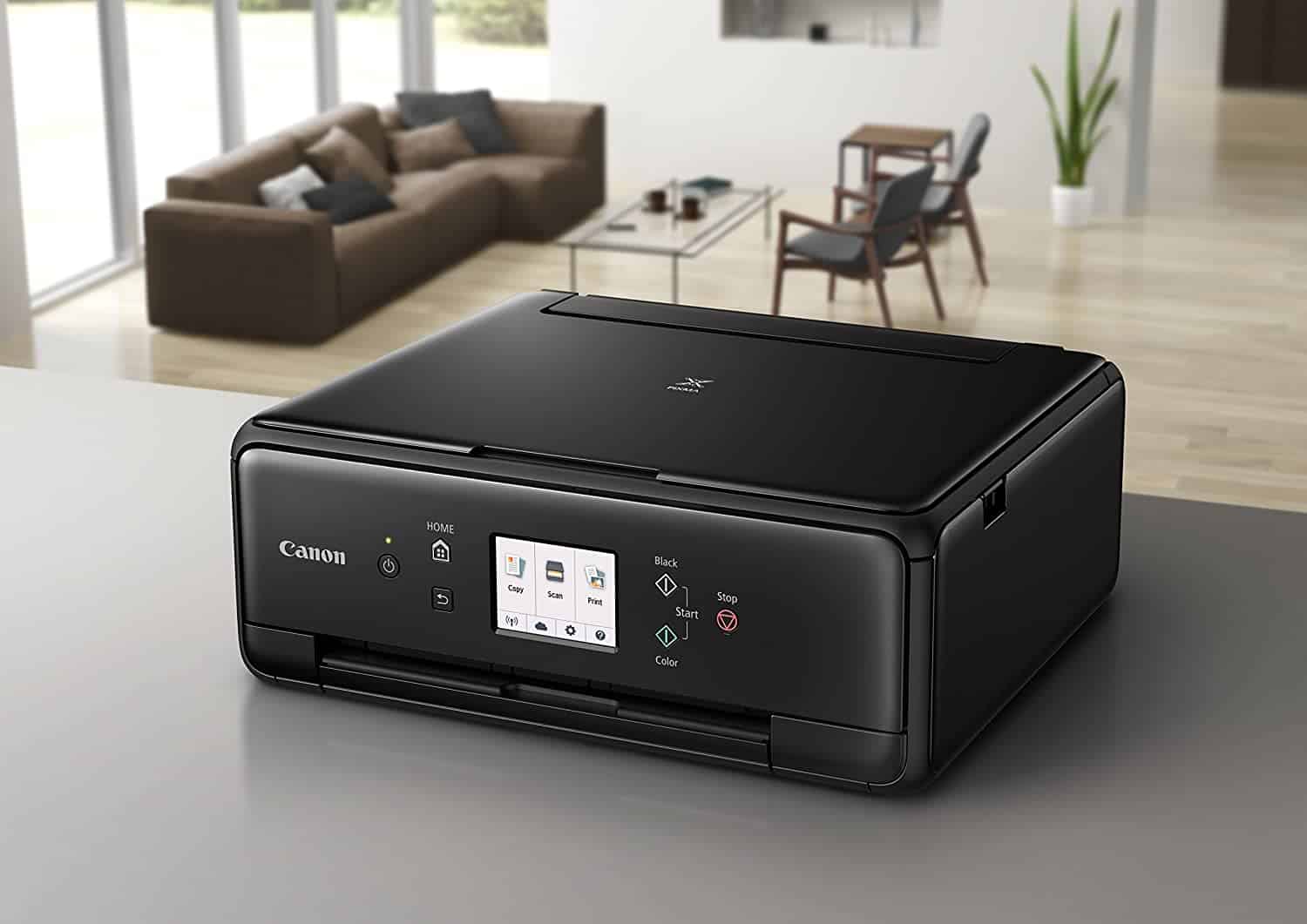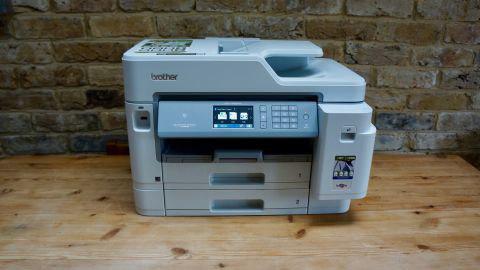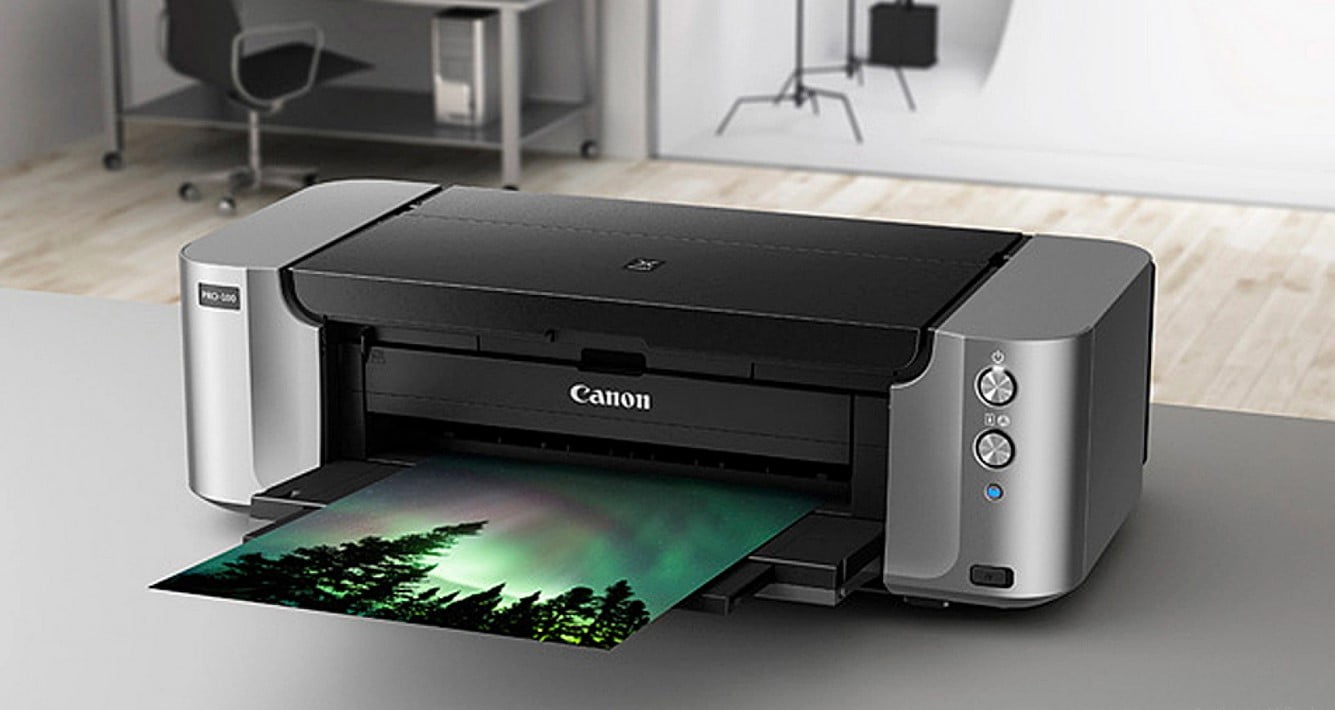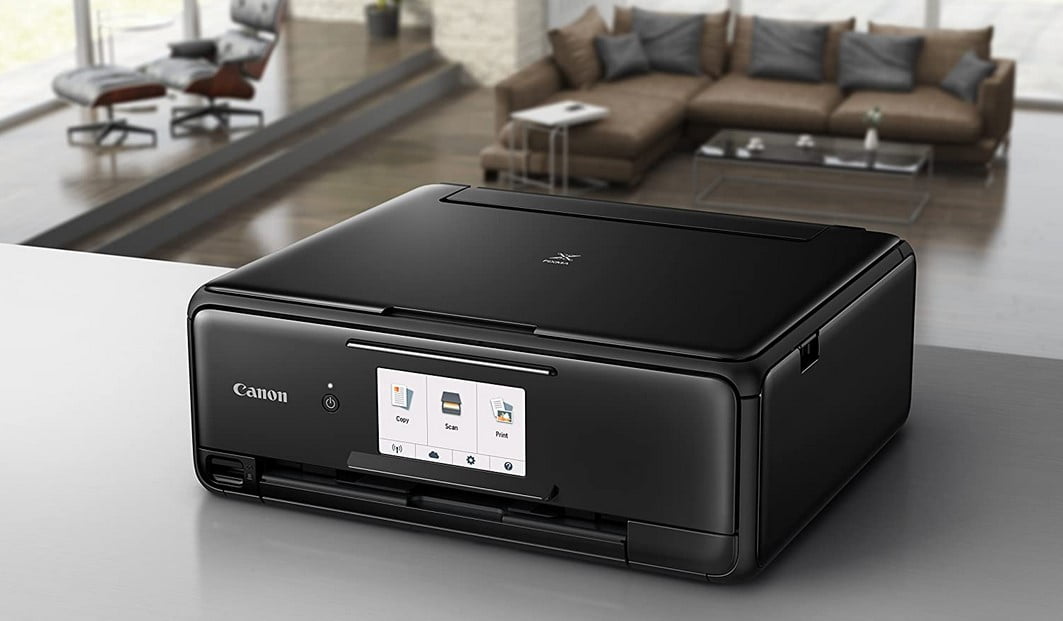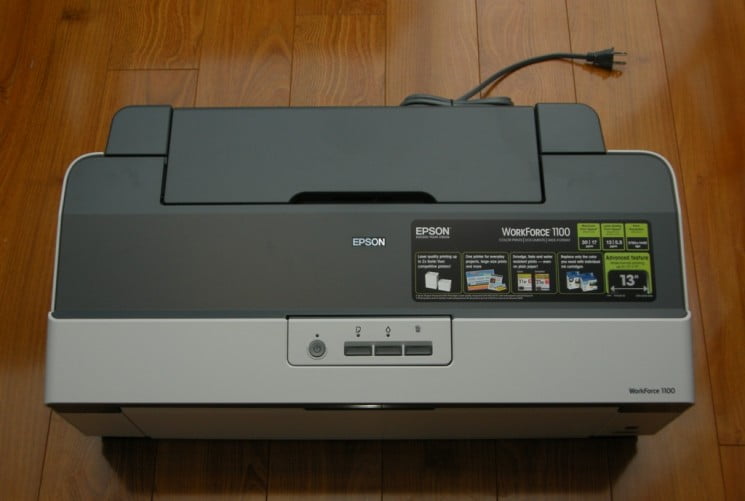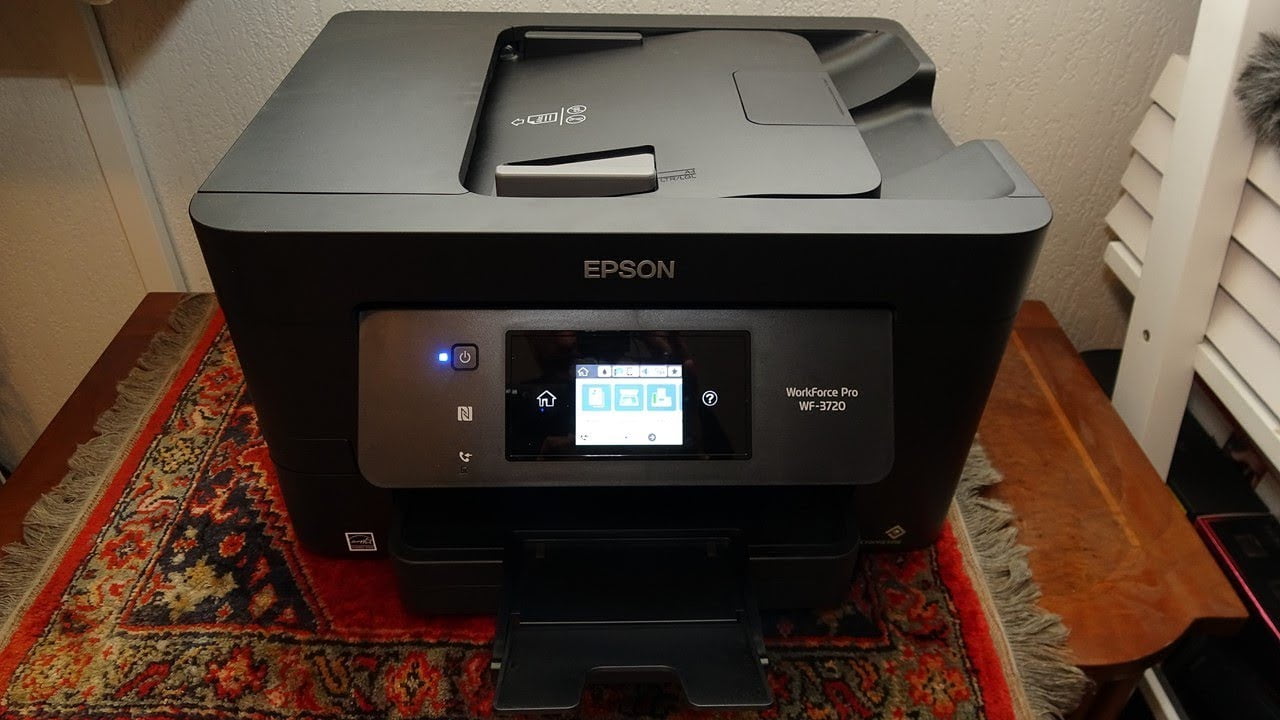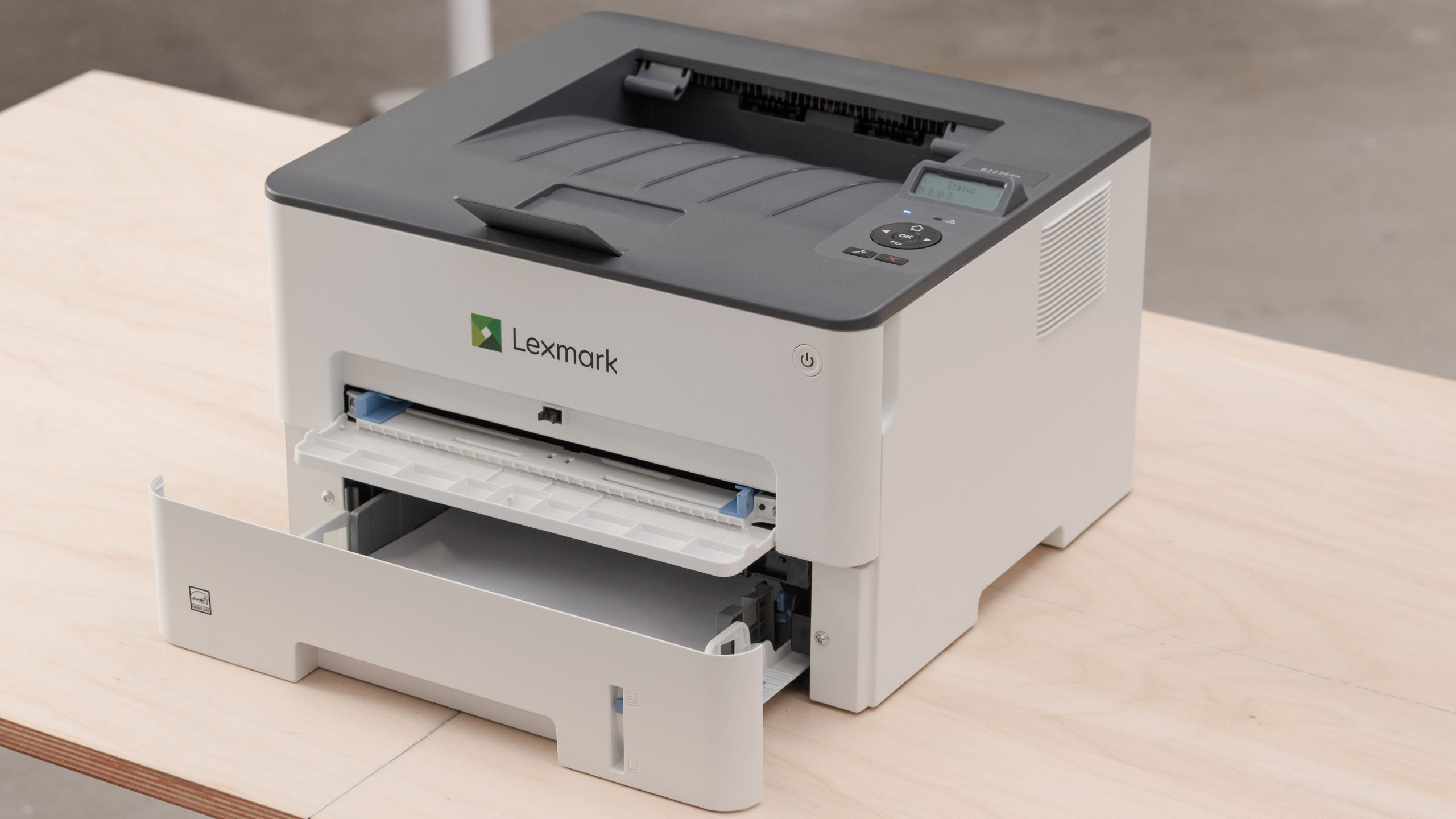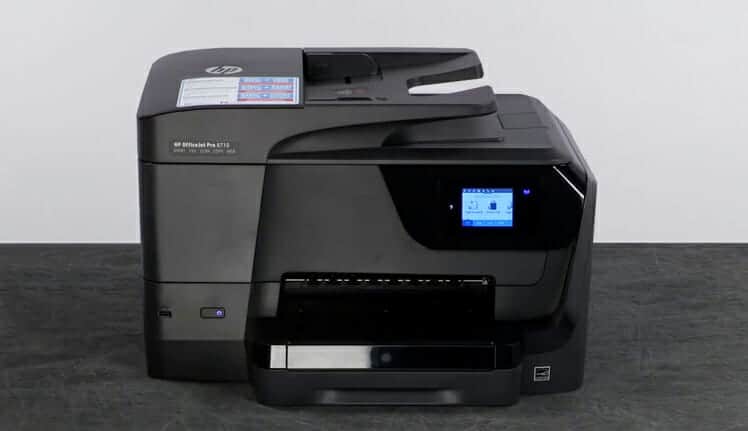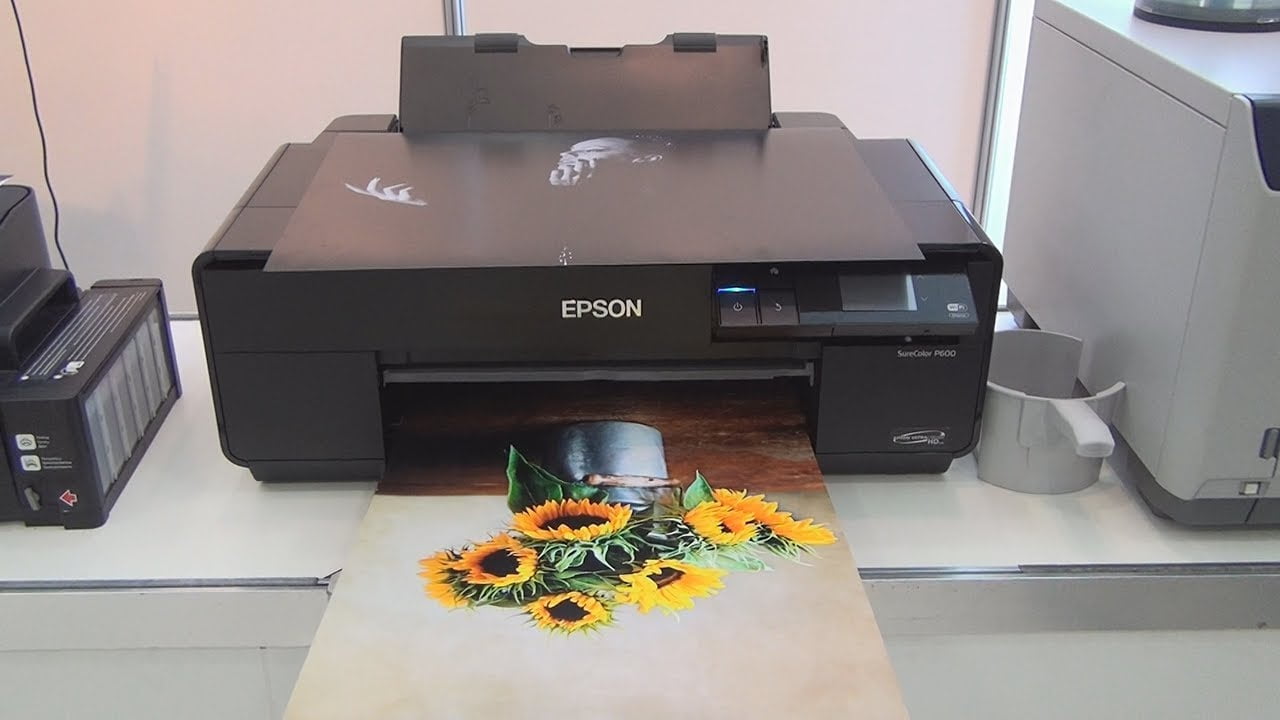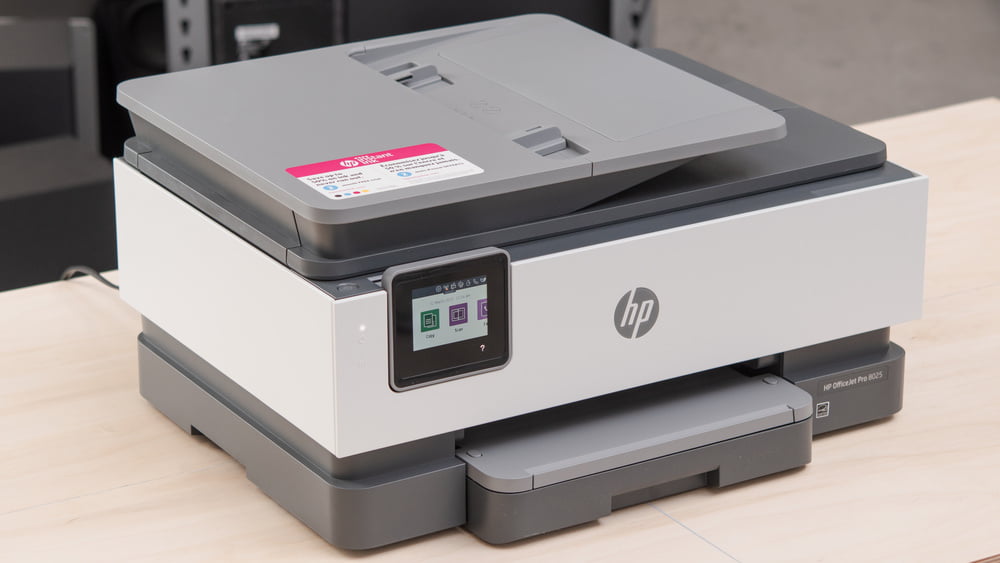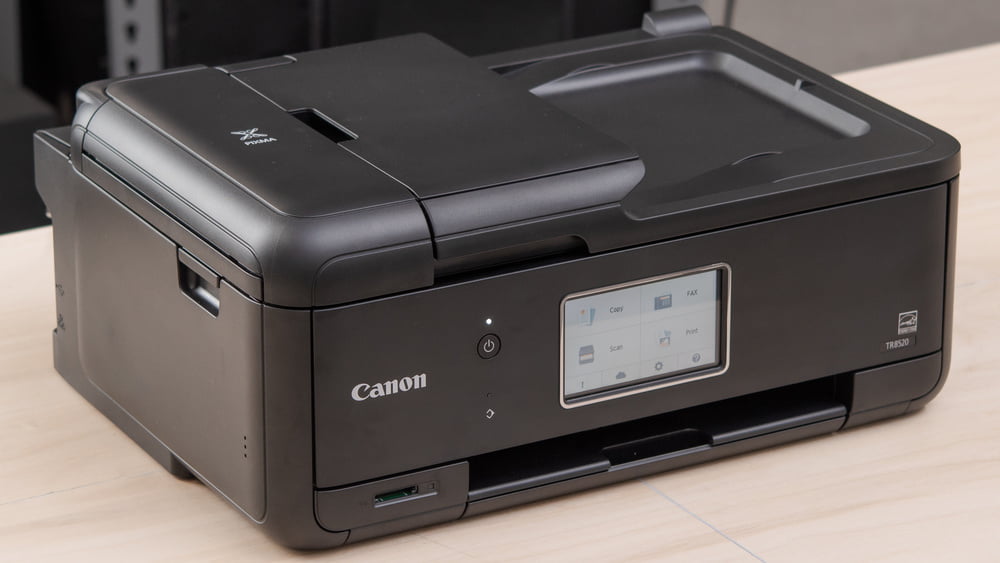Being able to print from anywhere is one of those features that while not technically a necessity, has become a luxury that we enjoy. Who needs wires when you can print documents from your laptop when the high-performing printer is on the other side of the house. And while wireless printers are great when connected directly to a computer, is it possible to use them with a hotspot?
KEY TAKEAWAYS:
- Wireless printers can connect to hotspots for mobile printing needs.
- The process for connecting a printer to a hotspot is similar to connecting it with a computer.
- Some AirPrint printers support creating hotspots to allow other devices to connect directly to the printer.
Can You Connect a Wireless Printer to a Hotspot?
The technical answer is, yes but with some limitations. Hotspots are essentially access points that allow various devices to connect with a wireless network. So, for example, a hotspot can support wireless connections for tablets and smartphones as well as laptops. You can use Airprint if you own an iPad to connect to a wireless printer and Print Directly.
Common types of hotspots are often seen with public WiFi access where multiple users can connect to the Internet. Although they’re incredibly effective for less power-hungry devices like smartphones and tablets, hotspots often struggle to maintain fidelity for heavier use devices like computers.
What a Hotspot is
To know why hotspots have limitations, you need to understand the limitations they present. While you might use a hotspot to access the Internet, it’s not the same as directly connecting with a WiFi network.
Even though from the end user’s perspective a hotspot feels just like connecting with a wireless network elsewhere, it’s not. Hotspots are nothing more than intermediaries that provide a connection point.
Insider Tip
Hotspots are nothing more than intermediaries that provide a connection point.
Not All Hotspots are Created Equal
There are several different types of hotspots, each with unique benefits and drawbacks. In general, you’re most likely to come across public WiFi hotspots, mobile WiFi hotspots, and prepaid hotspots.
Public WiFi Hotspots
As the name implies, these hotspots are usually free and found in public places such as parks, coffee shops, or even airports. While the connection is usually stable, they’re not as secure.
Mobile WiFi Hotspots
Some smartphone users have the benefit of turning their cellular data connection into a hotspot. Alternatively, you can also purchase mobile hotspots from mobile carriers which can be used with laptops and other devices.
Prepaid Hotspots
Similar to mobile hotspots, the main difference with a prepaid model is that there’s a data cap. Once the data limit for the specified period has been reached you’ll need to purchase more data.
Connecting a Wireless Printer to a Hotspot
Connecting your wireless printer to a hotspot isn’t much different than if you were connecting it to your computer, using the wireless network in your home. Just like with a traditional wireless network, you’ll select the hotspot from a list of local hotspots using either your computer or the printer’s touch screen panel (if it has one). Connecting to a wireless printer to Windows 10 is also not that hard. You can read this quick guide on how to go about it.
And just like with a regular configuration process, you might need to install printer drivers or software. Note that every wireless printer has a unique setup process. So, it’s best to follow the installation instructions that came with the make and model of your printer.
Insider Tip
Connecting your wireless printer to a hotspot isn’t much different than if you were connecting it to your computer, using the wireless network in your home.
And Some Printers Have Their Own Hotspots
Even though you can connect a wireless printer to a hotspot, there’s one nifty workaround that can support a reverse connection from your laptop to your printer. AirPrint-enabled printers are a unique kind of wireless printer that can do more than simply connect to an external wireless network.
Many of these printers also support creating independent hotspots that can be used to connect to your devices such as laptops, smartphones, and tablets. While this won’t get you online, the hotspot gives you printer access so you can send documents to the printer.
This is ideal if you’re in a location where you can’t access traditional wireless networks, or if you have a mobile printer and need to print on the go but there’s no WiFi.
Drawbacks of Using a Hotspot for a Wireless Printer Connection
While hotspots do give you the freedom to virtually print from anywhere, they’re not without drawbacks. The main problems center around connecting to mobile hotspots. Although convenient, these hotspots feature the most limitations such as restrictions on the total simultaneous device connection and a higher chance of data restrictions.
Warning
Although they’re incredibly effective for less power-hungry devices like smartphones and tablets, hotspots often struggle to maintain fidelity for heavier use devices like computers.
F.A.Q.
Will a wireless printer work with a hotspot?
Yes, but not all hotspots are equal. Mobile hotspots tend to have the most limitations because of a limit on total connected devices and data usage restrictions.
Can wireless printers work without WiFi?
It depends on the type of printer you have. Some wireless printers support direct printing from mobile devices through alternative methods such as NFC or printer access only.
Does a wireless printer have to be connected to a router?
A direct router connection isn’t always required but you do need some kind of connection to support communicating wirelessly with other devices.
STAT: Unlike home and office access points, mobile hotspots offer a limited number of connections, usually four or five. Most have limitations or charges based on Internet data flow, but not local data between connections including wireless printers. (source)
REFERENCES:
- https://www.geeksforgeeks.org/difference-between-wifi-and-hotspot/
- https://www.centurylink.com/home/help/internet/wireless/what-is-a-wi-fi-hotspot1.html
- https://smallbusiness.chron.com/wireless-printers-work-mobile-hotspots-64868.htmlr
- https://unlimitedlteadvanced.com/hotspots/connecting-a-printer-and-other-devices-to-a-wifi-hotspot/
- https://www.imore.com/airprint-printer-without-being-connected-network

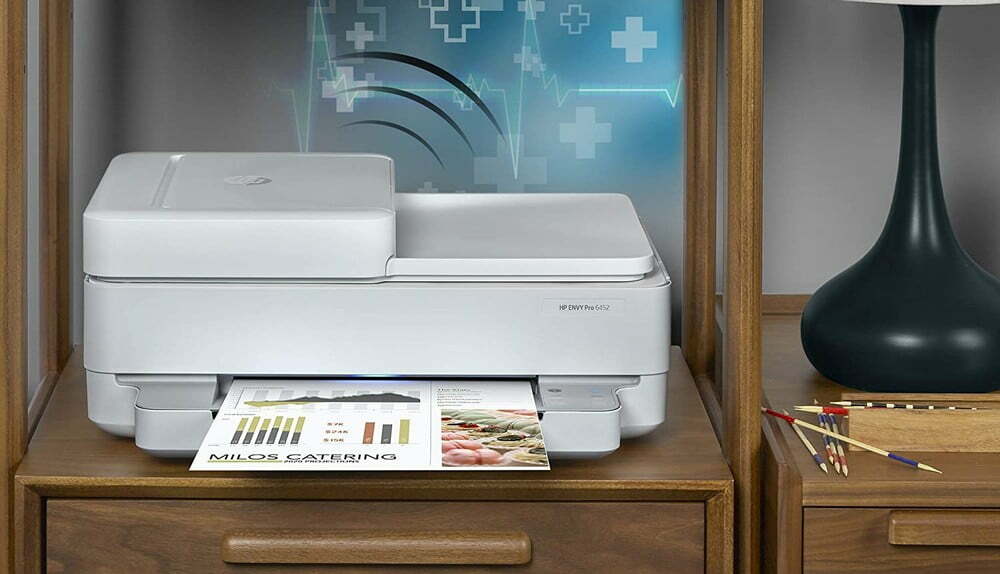













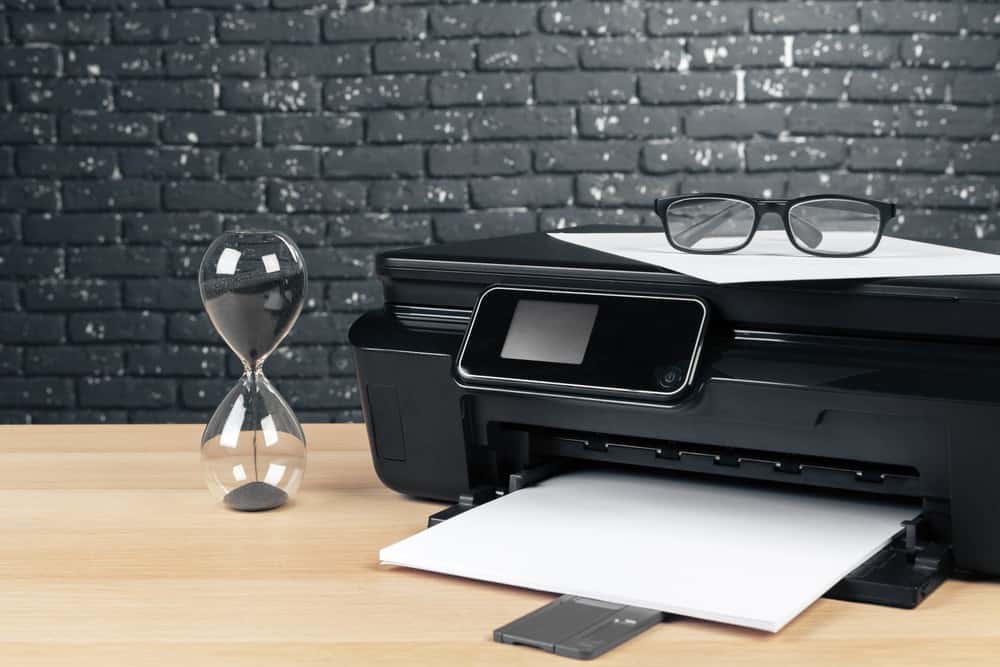
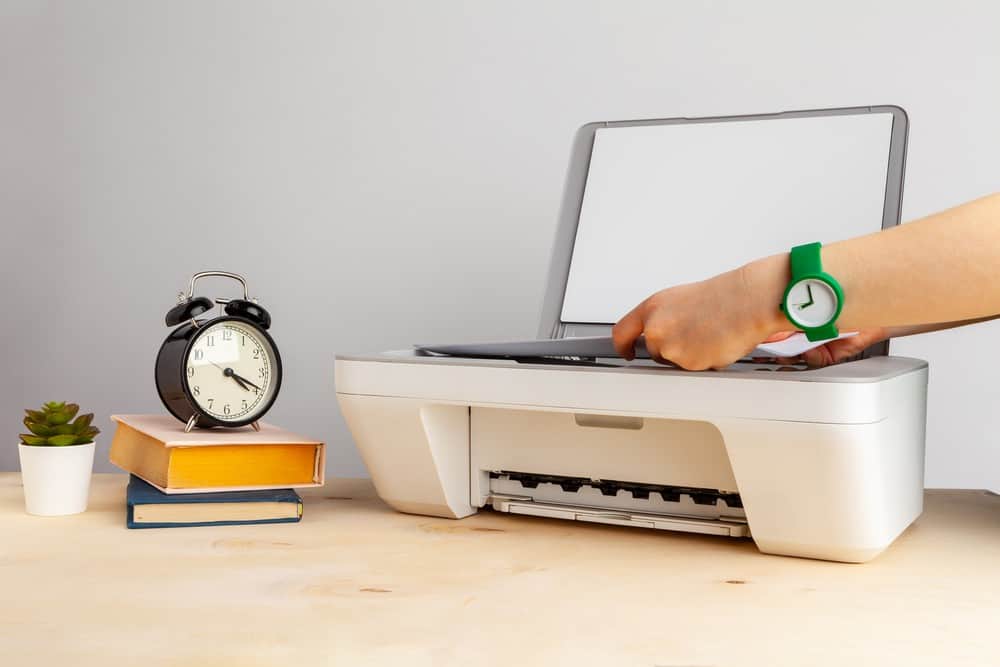
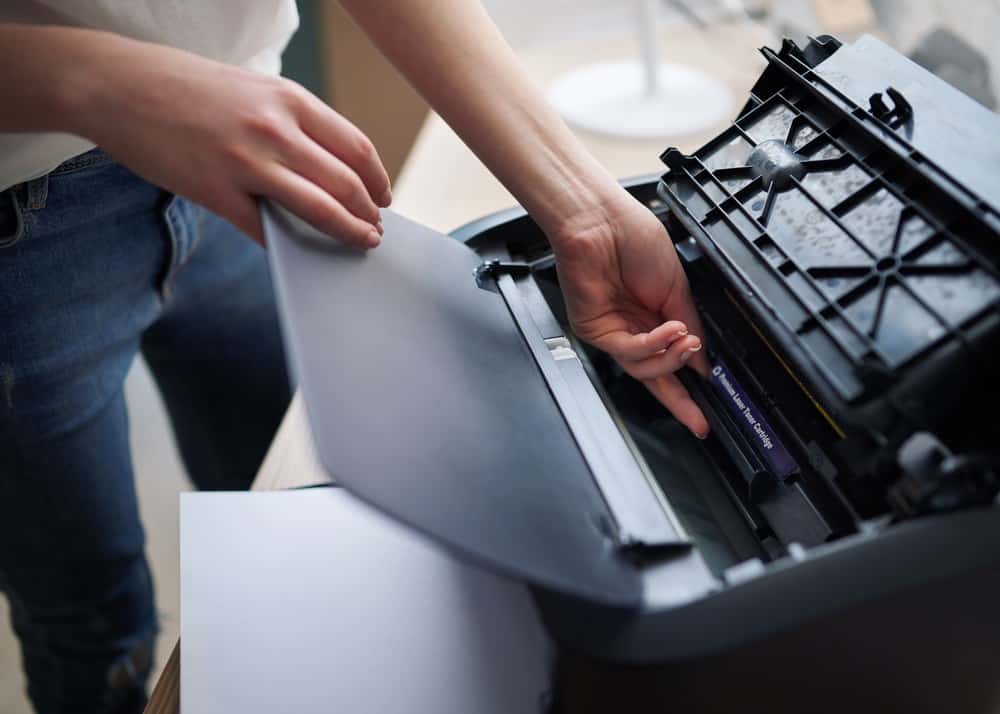
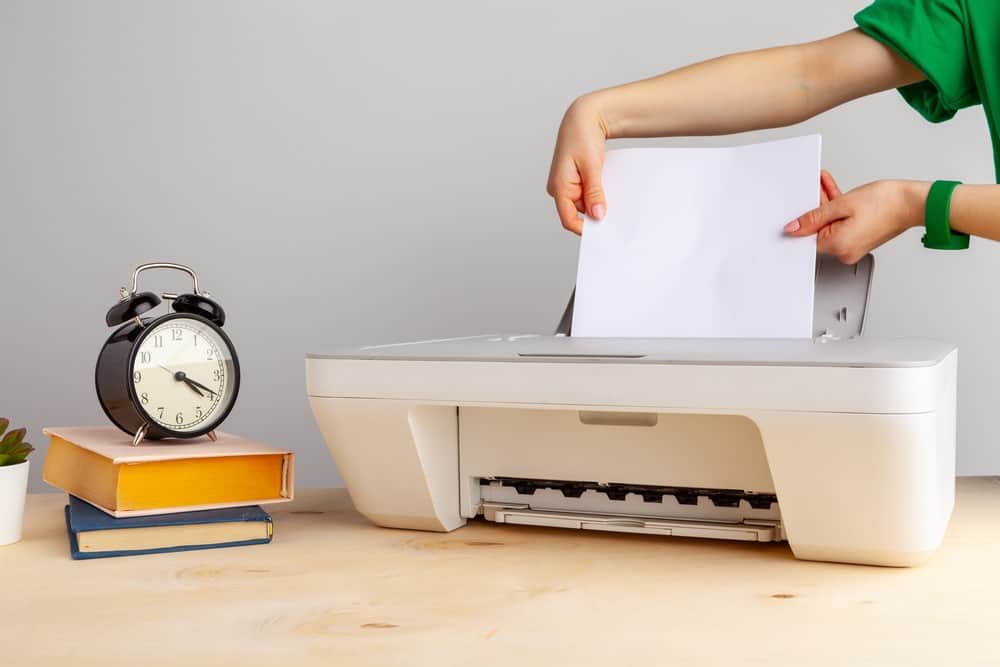
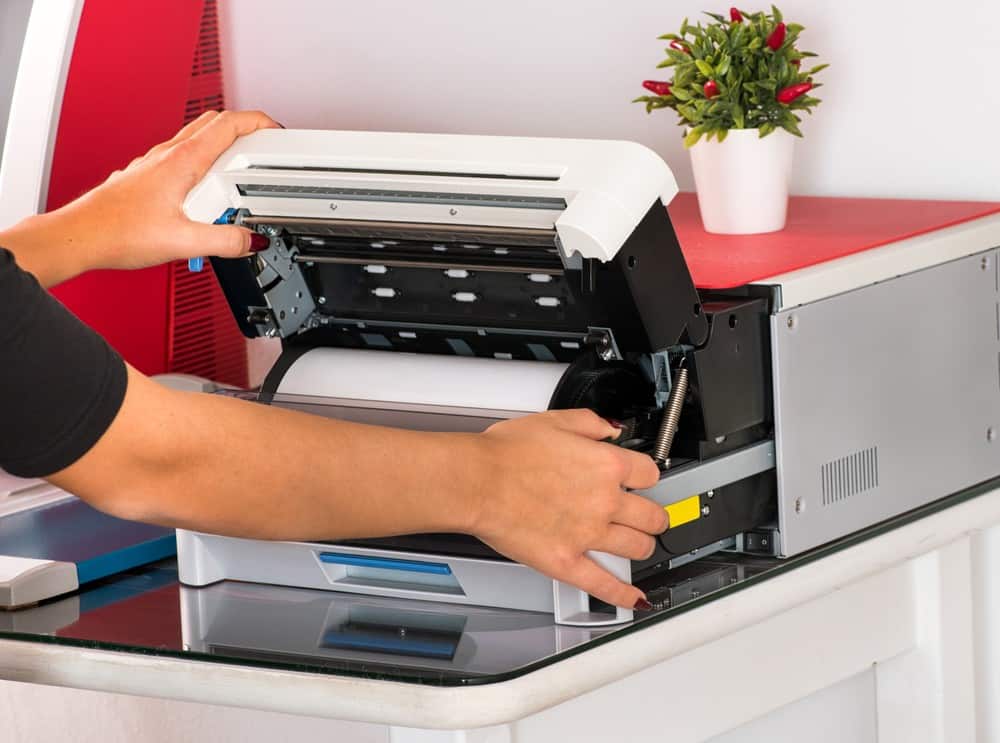
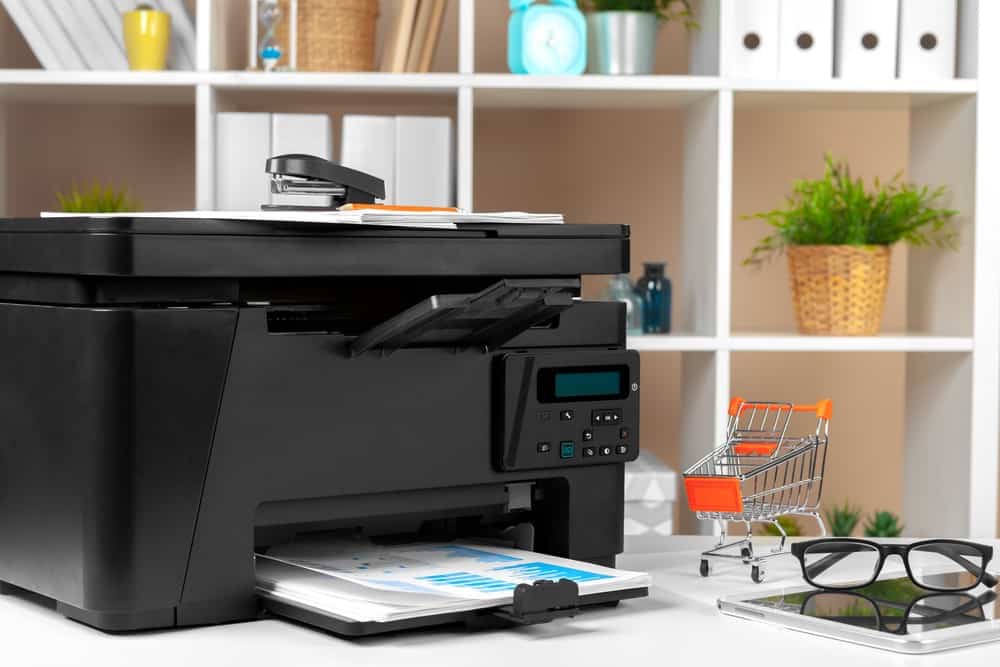

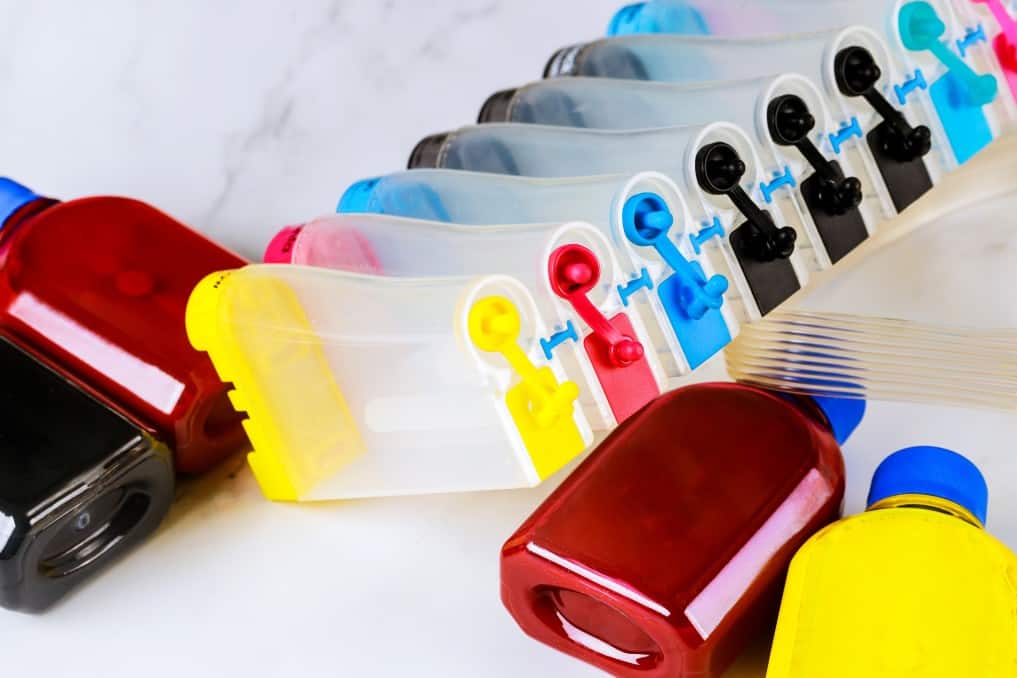
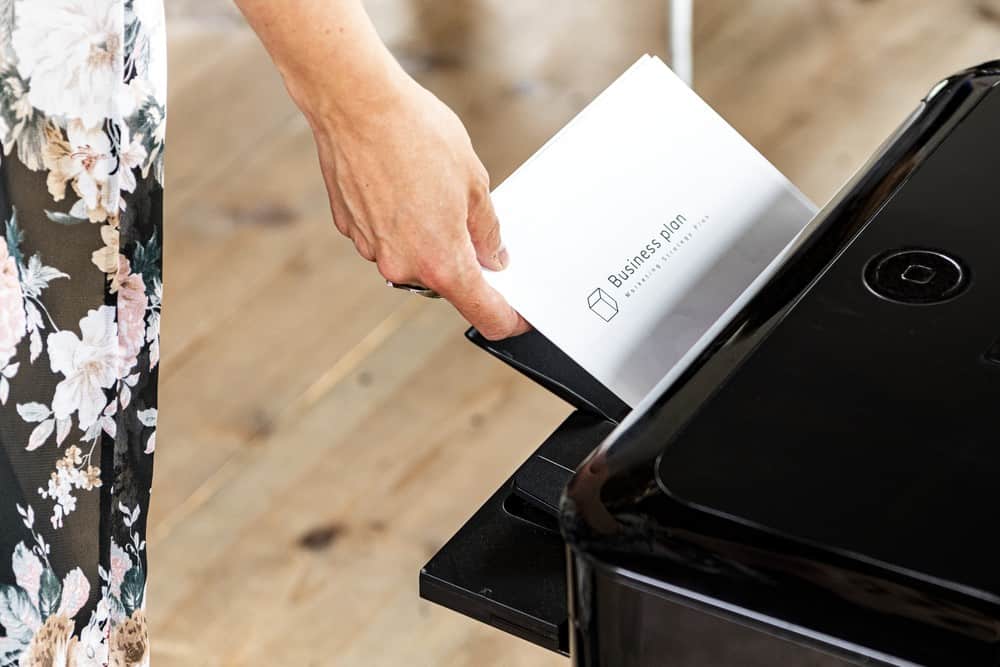
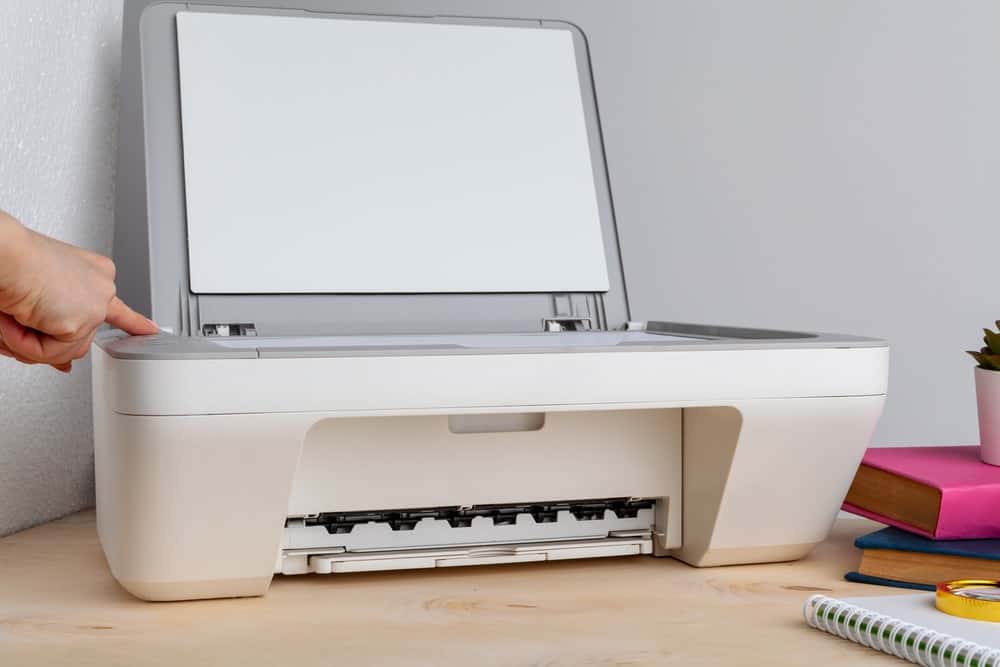
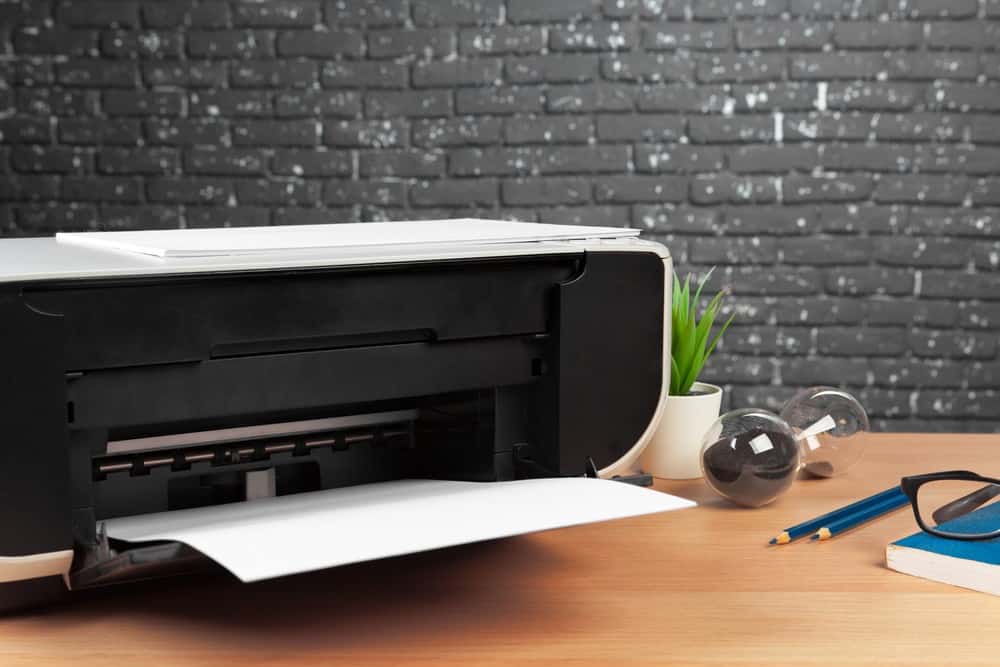
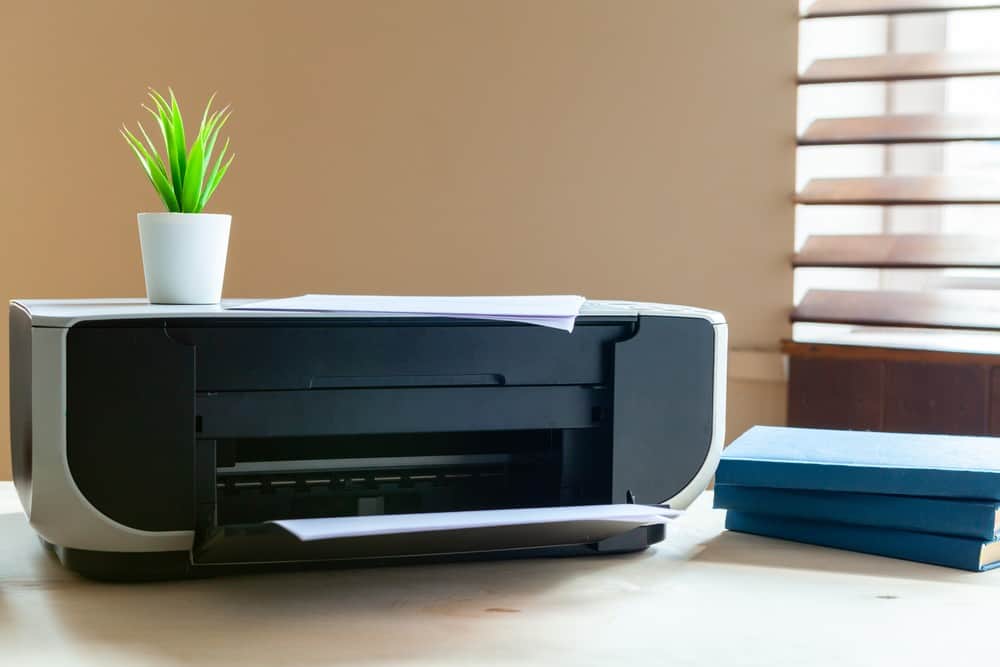
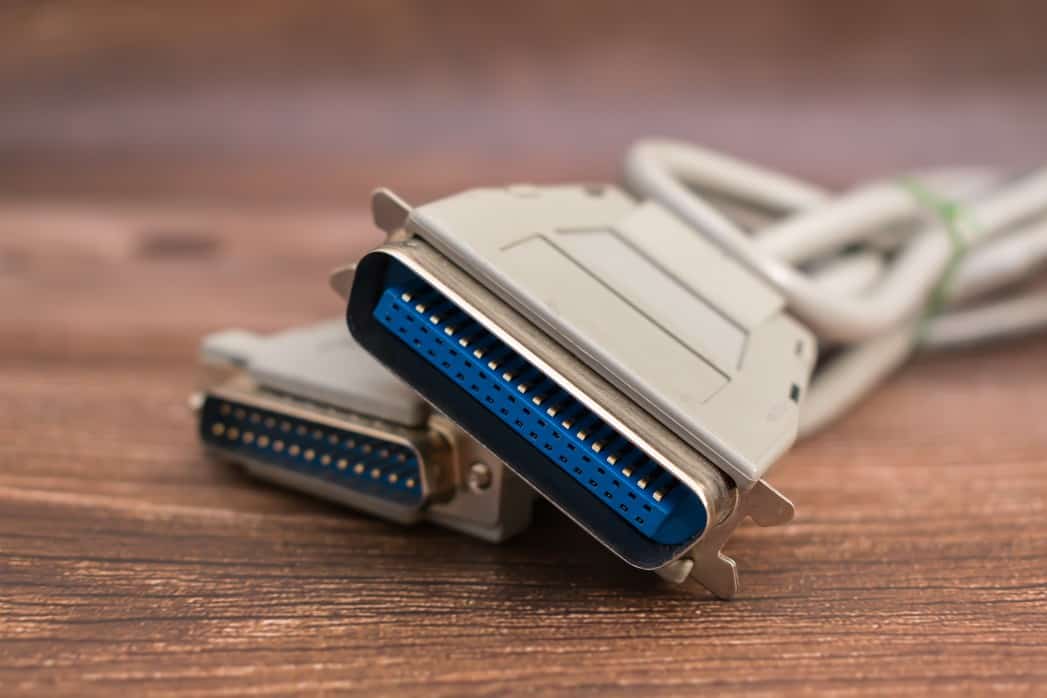
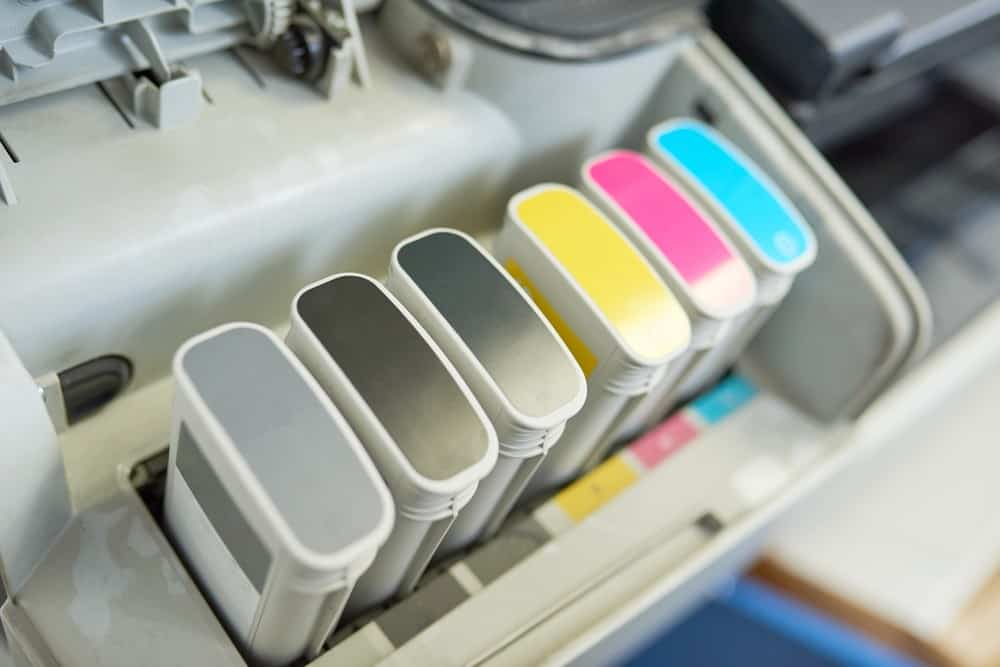

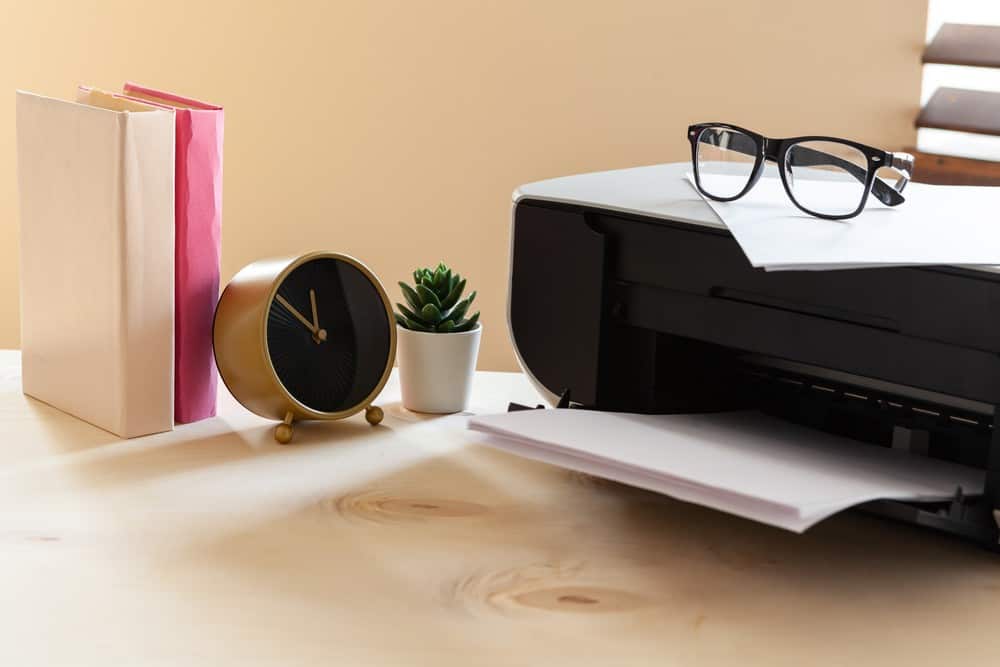
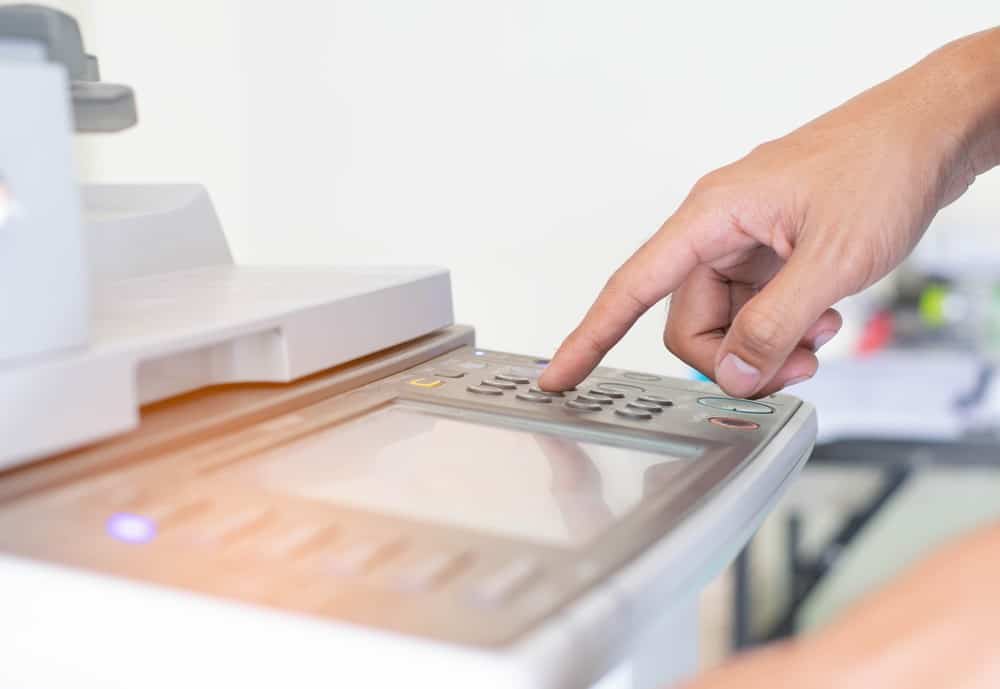
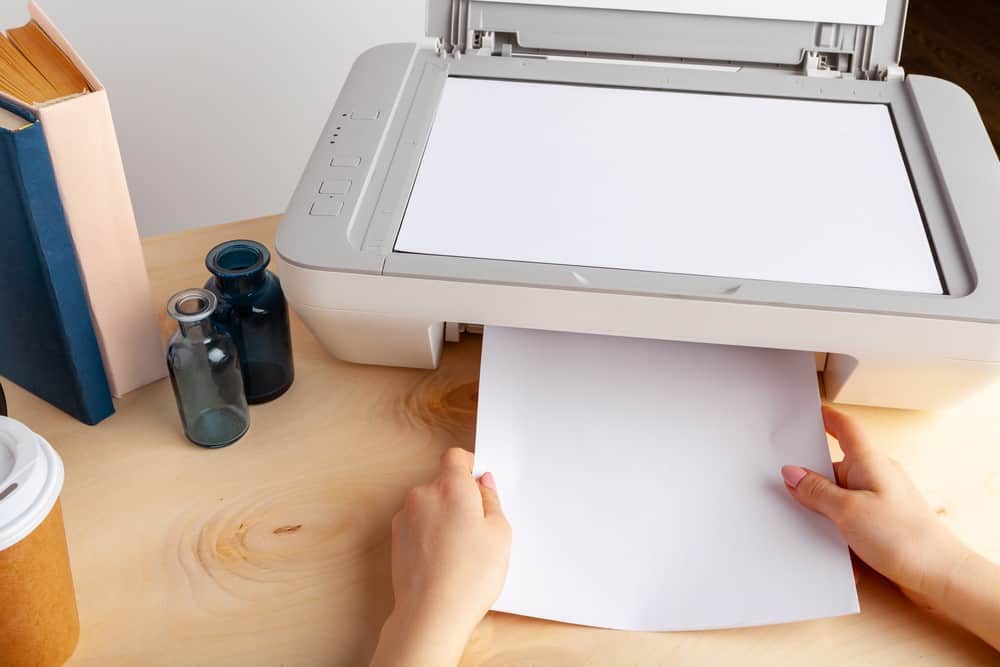
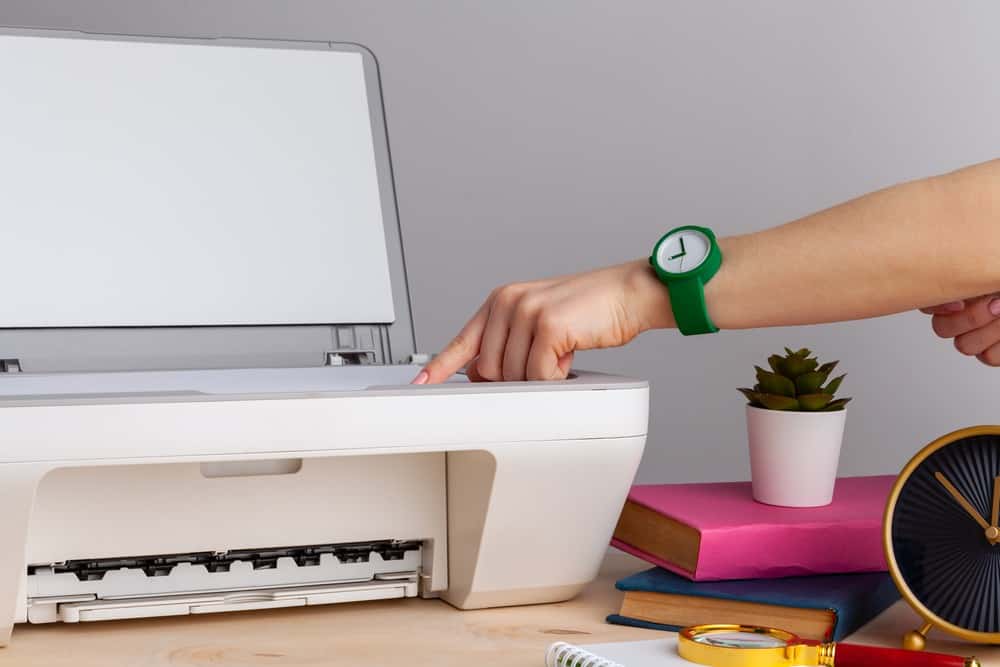
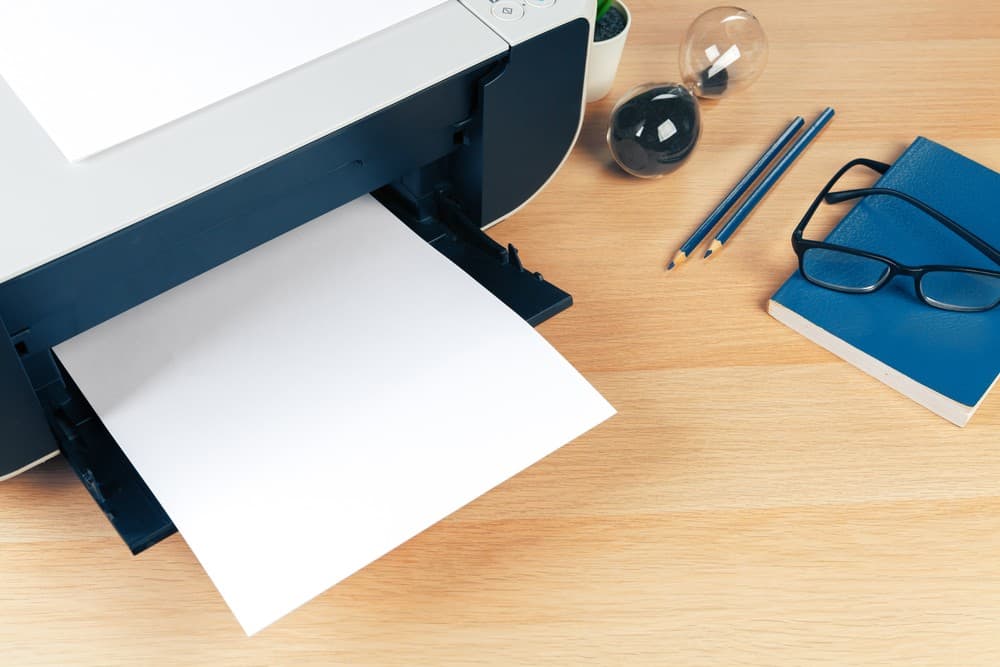
![Best All-in-One Printer in [year] ([month] Reviews) 27 Best All-in-One Printer in 2025 (December Reviews)](https://www.gadgetreview.dev/wp-content/uploads/best-all-in-one-printers.webp)
![Best Home Scanner in [year] ([month] Reviews) 28 Best Home Scanner in 2025 (December Reviews)](https://www.gadgetreview.dev/wp-content/uploads/Canon-TS5120-Wireless-Printer-Scanner-Review.jpg)
![Best BenQ Monitors in [year] 29 Best BenQ Monitors in 2025](https://www.gadgetreview.dev/wp-content/uploads/best-benq-monitor-image.jpg)
![Best Sublimation Printers in [year] 30 Best Sublimation Printers in 2025](https://www.gadgetreview.dev/wp-content/uploads/disable-printer-color-management-image-1.jpg)
![Best Envelope Printers in [year] 31 Best Envelope Printers in 2025](https://www.gadgetreview.dev/wp-content/uploads/best-envelope-printers-imge.jpg)
![Best 3D Printers in [year] ([month] Reviews) 32 Best 3D Printers in 2025 (December Reviews)](https://www.gadgetreview.dev/wp-content/uploads/Zortrax-M200-3D-Printer.jpg)
![Best Barcode Printers in [year] 33 Best Barcode Printers in 2025](https://www.gadgetreview.dev/wp-content/uploads/best-barcode-printers-image.jpg)
![Best Portable Photo Printers in [year] 34 Best Portable Photo Printers in 2025](https://www.gadgetreview.dev/wp-content/uploads/best-portable-photo-printer-image.jpg)
![Best HP Printers in [year] 35 Best HP Printers in 2025](https://www.gadgetreview.dev/wp-content/uploads/best-hp-printers-image.jpg)
![Best Printers for Photographers in [year] 36 Best Printers for Photographers in 2025](https://www.gadgetreview.dev/wp-content/uploads/best-printer-for-photographers-image.jpg)
![Best Printers for Teachers in [year] 37 Best Printers for Teachers in 2025](https://www.gadgetreview.dev/wp-content/uploads/best-printers-for-teachers-image.jpg)
![Best iPhone Photo Printers in [year] 38 Best iPhone Photo Printers in 2025](https://www.gadgetreview.dev/wp-content/uploads/best-iphone-photo-printer-image.jpg)
![Best 11x17 Printers in [year] 39 Best 11×17 Printers in 2025](https://www.gadgetreview.dev/wp-content/uploads/best-11x17-printers-image.jpg)
![Best Printers with Cheap Ink in [year] 40 Best Printers with Cheap Ink in 2025](https://www.gadgetreview.dev/wp-content/uploads/best-11x17-printers-image-1.jpg)
![Best Bluetooth Printers in [year] 41 Best Bluetooth Printers in 2025](https://www.gadgetreview.dev/wp-content/uploads/best-bluetooth-printer-image.jpg)
![Best Receipt Printers in [year] 42 Best Receipt Printers in 2025](https://www.gadgetreview.dev/wp-content/uploads/best-receipt-printer-image.jpg)
![Best Canon Printers in [year] 43 Best Canon Printers in 2025](https://www.gadgetreview.dev/wp-content/uploads/best-canon-printers-image.jpg)
![Best Compact Printers in [year] 44 Best Compact Printers in 2025](https://www.gadgetreview.dev/wp-content/uploads/best-compact-printer-image.jpg)
![Best Printers For Cricut in [year] 45 Best Printers For Cricut in 2025](https://www.gadgetreview.dev/wp-content/uploads/best-printer-for-cricut-image.jpg)
